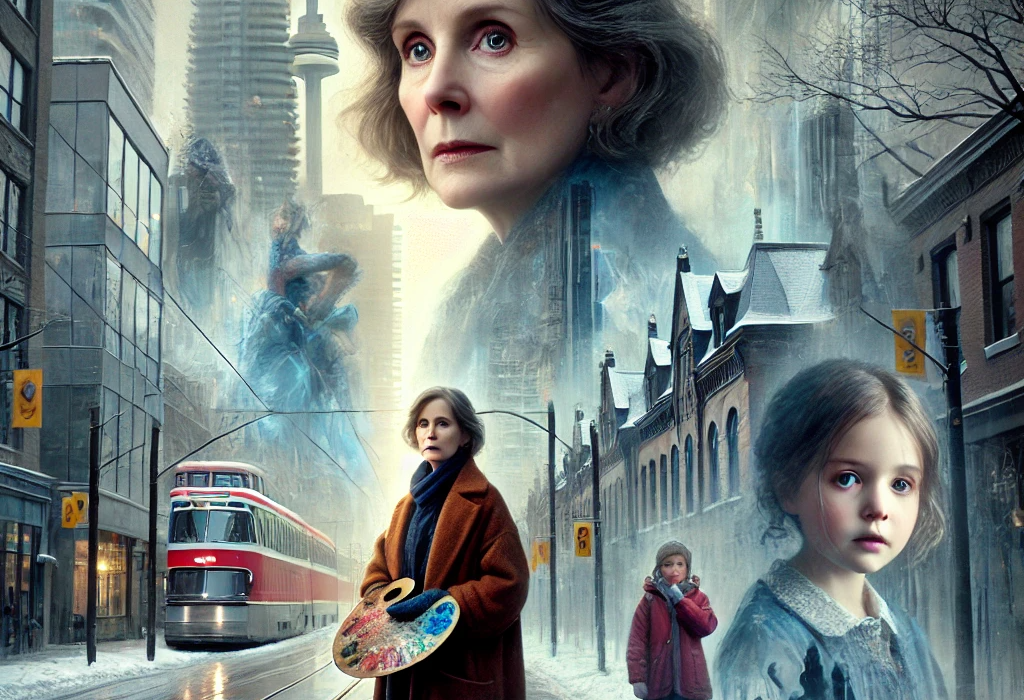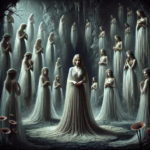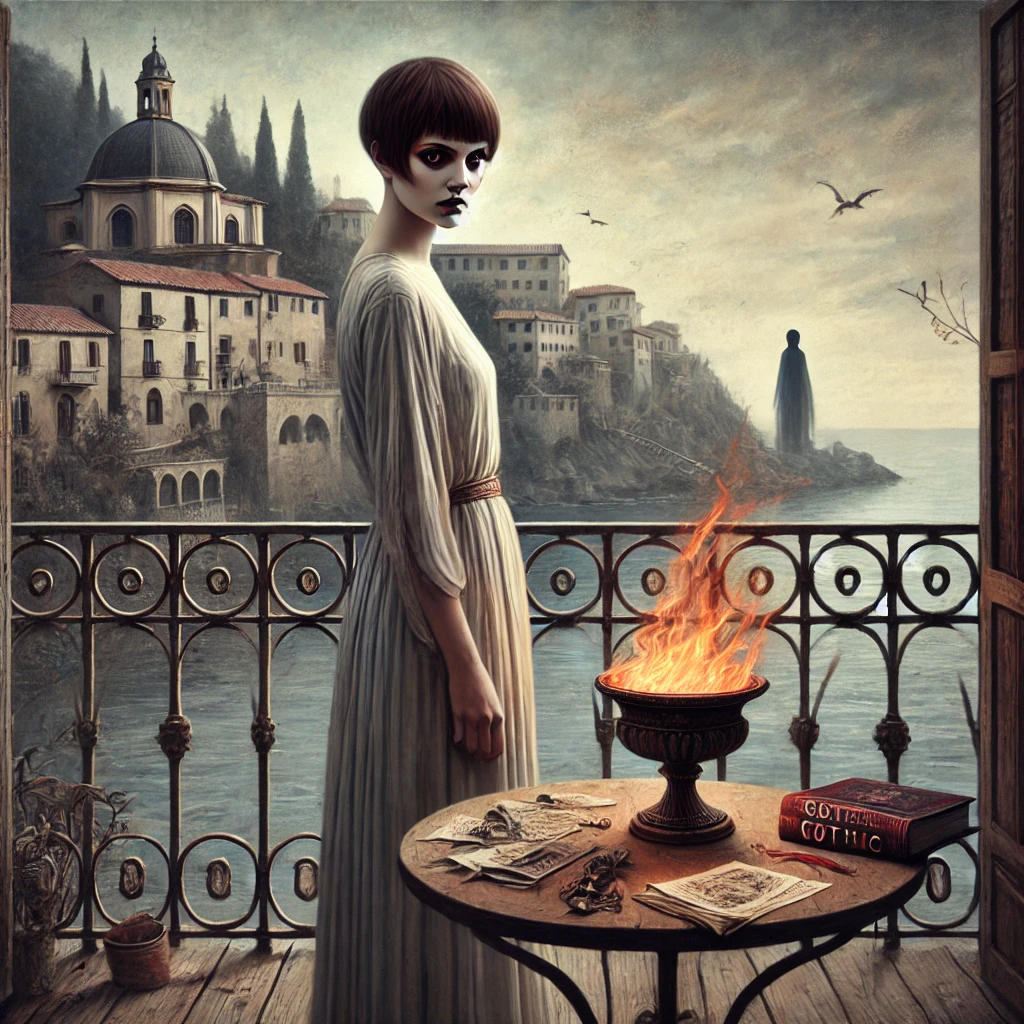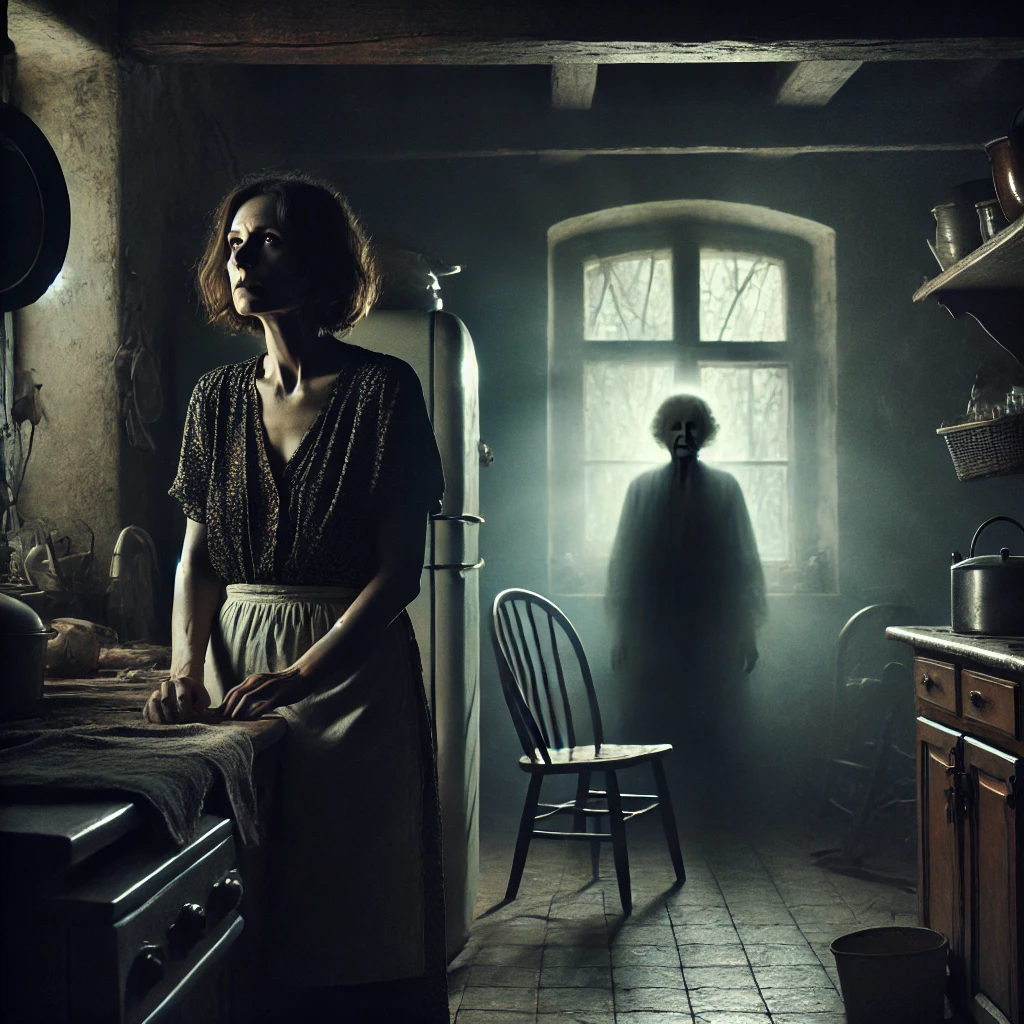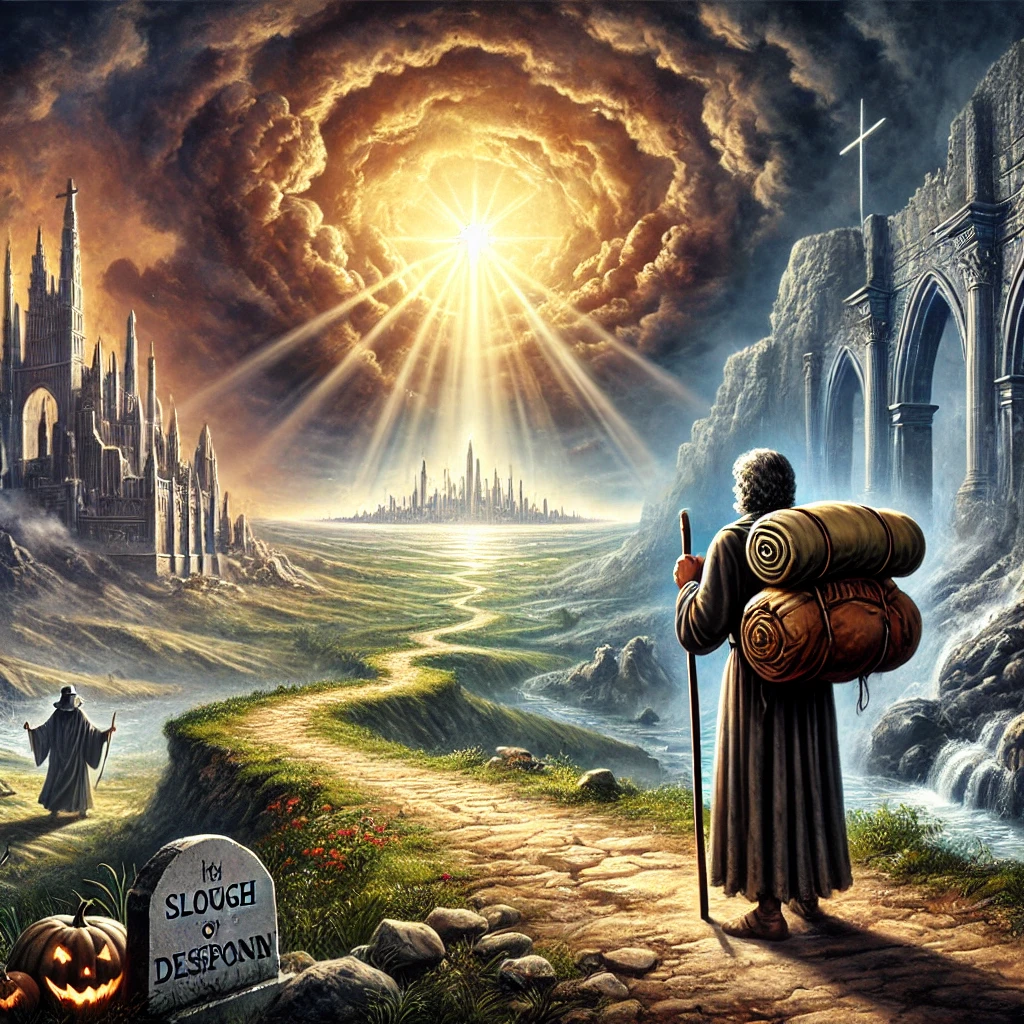Published in 1988, Cat’s Eye by Margaret Atwood is a poignant exploration of memory, identity, and the complexities of female friendships. The novel follows Elaine Risley, a painter who revisits her childhood and teenage years in Toronto, uncovering how her past relationships and experiences shaped her adult life. Atwood masterfully intertwines themes of trauma, art, and self-discovery in this deeply introspective and evocative work.
Plot Summary
Elaine Risley, a renowned painter, returns to Toronto for a retrospective exhibition of her work. The city, once a backdrop to her childhood and adolescent years, reawakens memories she had long sought to suppress. As she navigates familiar streets and old haunts, she is drawn into a vortex of recollections that span decades, each overlapping and folding into the next like translucent layers of time.
Elaine’s childhood was shaped by a transient existence. Her father, an entomologist, moved the family frequently across remote landscapes, where Elaine and her brother, Stephen, explored the wild outdoors. These early years were marked by freedom and discovery, untouched by the constraints of societal expectations. But when the family settled in Toronto, Elaine’s life shifted dramatically. The city, muddy and raw in the postwar boom, became the setting for a different kind of survival—a social one.
At school, Elaine fell into a friendship with three girls: Grace, Carol, and Cordelia. Cordelia quickly established herself as the leader, her charm laced with an undercurrent of cruelty. Initially drawn to her confidence, Elaine soon found herself subjected to Cordelia’s manipulations. The small betrayals and subtle humiliations—being excluded, mocked, and demeaned—seeped into Elaine’s sense of self. Cordelia wielded her power skillfully, cloaking her bullying in the guise of friendship. Elaine, desperate for belonging, endured it, absorbing each slight until it became a quiet ache within her.
One winter, the girls dared Elaine to retrieve her hat from a frozen creek. Terrified, she obeyed, breaking through the ice and nearly drowning. Though she survived, the incident marked a turning point. Elaine began to withdraw emotionally, her view of herself fragmented by Cordelia’s domination. The tension between the desire to please her friends and the growing realization of their toxicity deepened Elaine’s internal conflict.
As Elaine entered adolescence, the dynamic with Cordelia shifted. Cordelia’s power waned as she struggled in school and faced her own insecurities. Their friendship dissolved into an uneasy estrangement, and Elaine, now older, began to redefine herself. She immersed herself in art, finding solace and expression in her sketches. Art became her sanctuary, a way to reframe the chaos of her past.
Elaine’s adulthood unfolded in layers, each reflecting the scars and triumphs of her youth. She married Jon, a fellow artist, but their relationship was turbulent, fraught with jealousy and creative tensions. After their divorce, Elaine found a semblance of stability with her second husband, Ben, and raised two daughters. Yet even as her career flourished, the shadows of her childhood lingered. Cordelia’s voice echoed in her mind, a ghost of a girl who once held power over her.
The retrospective exhibition becomes a catalyst for Elaine to confront her memories fully. Wandering through Toronto, she envisions Cordelia everywhere: on street corners, in subway cars, and among the faces of strangers. These apparitions blur the line between reality and imagination, compelling Elaine to examine the roots of her pain and anger.
Elaine recalls visiting Cordelia during their teenage years, when Cordelia was institutionalized for a breakdown. The meeting was subdued, devoid of the power dynamics that once defined their relationship. Cordelia appeared vulnerable, her once-sharp edges dulled by circumstances. Elaine, grappling with her own confusion, offered neither forgiveness nor reproach. It was the last time they saw each other.
As Elaine reflects on Cordelia’s fate, she acknowledges the duality of their connection: Cordelia was both tormentor and mirror, a reflection of Elaine’s vulnerabilities and strengths. This realization allows Elaine to extend compassion—not just to Cordelia, but also to herself.
The retrospective culminates in a moment of quiet resolution. Elaine stands amidst her paintings, each one a testament to her journey. The canvases, vibrant and haunting, depict not only her life but also her resilience. She recognizes the power of memory—not as a linear narrative, but as a kaleidoscope of experiences, each contributing to her identity.
Walking through the city one last time, Elaine feels the weight of the past lift. She no longer searches for Cordelia in the faces of strangers. Instead, she finds peace in the understanding that her life, with all its pain and beauty, has brought her to this point. The ghosts of her childhood recede, leaving Elaine with a sense of closure that feels both hard-earned and inevitable.
Main Characters
- Elaine Risley: The protagonist and narrator, Elaine is a successful painter reflecting on her past. Her struggles with self-identity and unresolved trauma from childhood dominate the narrative, revealing her resilience and capacity for growth.
- Cordelia: Elaine’s childhood friend turned tormentor, Cordelia is an enigmatic figure whose behavior oscillates between affection and cruelty. Her relationship with Elaine is central to the story’s emotional tension.
- Stephen Risley: Elaine’s brother, a gifted physicist, and a calming presence in her childhood. Stephen’s tragic death leaves a lasting impact on Elaine.
- Jon: Elaine’s first husband and a fellow artist, Jon represents her turbulent romantic relationships and creative tensions.
- Grace and Carol: Members of Elaine’s childhood circle, Grace and Carol are complicit in the psychological bullying Elaine endures, contributing to her lasting insecurities.
Theme
- Memory and Time: The novel portrays time as fluid, with Elaine’s present entwined with her memories. This exploration of memory underscores how the past shapes identity and perception.
- Bullying and Female Friendship: Atwood examines the darker sides of childhood friendships, especially the psychological scars inflicted by bullying among young girls.
- Art as Expression: Elaine’s art serves as a medium to process her trauma and reflect her evolving understanding of herself and her relationships.
- Gender and Power Dynamics: The novel critiques societal expectations of women, highlighting how these norms influence behavior, relationships, and identity.
- Healing and Forgiveness: Elaine’s journey involves confronting her past and finding reconciliation, both with herself and with the figures who shaped her life.
Writing Style and Tone
Margaret Atwood’s writing in Cat’s Eye is introspective and richly descriptive, mirroring the protagonist’s reflective journey. Her vivid imagery brings to life both the natural world and the urban landscapes of Toronto. Atwood’s narrative structure is non-linear, mirroring the fragmented and layered nature of memory, which allows readers to delve deeply into Elaine’s psyche.
The tone oscillates between wistful nostalgia and sharp critique, often tinged with irony. Atwood’s prose balances poetic elegance with moments of biting realism, creating an atmosphere that is both haunting and emotionally resonant. The transitions between Elaine’s childhood, adolescence, and adulthood are seamless, reinforcing the novel’s exploration of time as a layered construct.
We hope this summary has sparked your interest and would appreciate you following Celsius 233 on social media:
There’s a treasure trove of other fascinating book summaries waiting for you. Check out our collection of stories that inspire, thrill, and provoke thought, just like this one by checking out the Book Shelf or the Library
Remember, while our summaries capture the essence, they can never replace the full experience of reading the book. If this summary intrigued you, consider diving into the complete story – buy the book and immerse yourself in the author’s original work.
If you want to request a book summary, click here.
When Saurabh is not working/watching football/reading books/traveling, you can reach him via Twitter/X, LinkedIn, or Threads
Restart reading!


